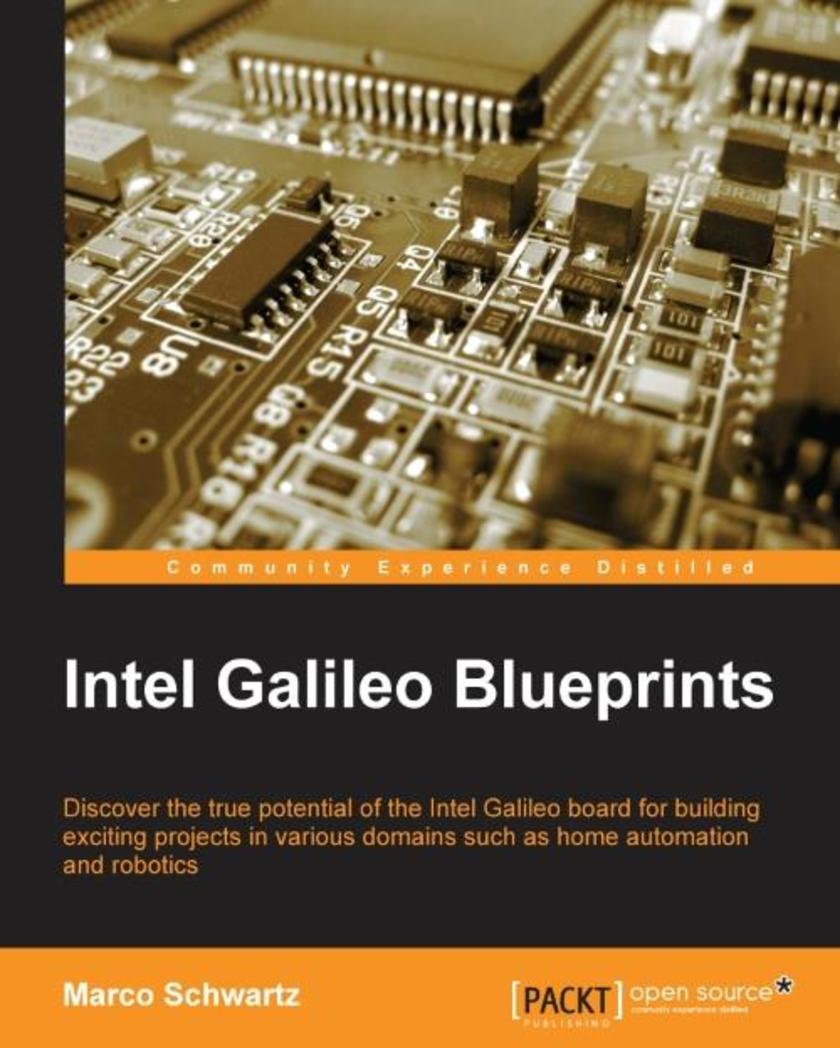
Intel Galileo Blueprints
¥80.65
If you are an experienced developer using classic Arduino boards and would like to extend your knowledge to the Intel Galileo board and polish your project building skills, this book is for you.
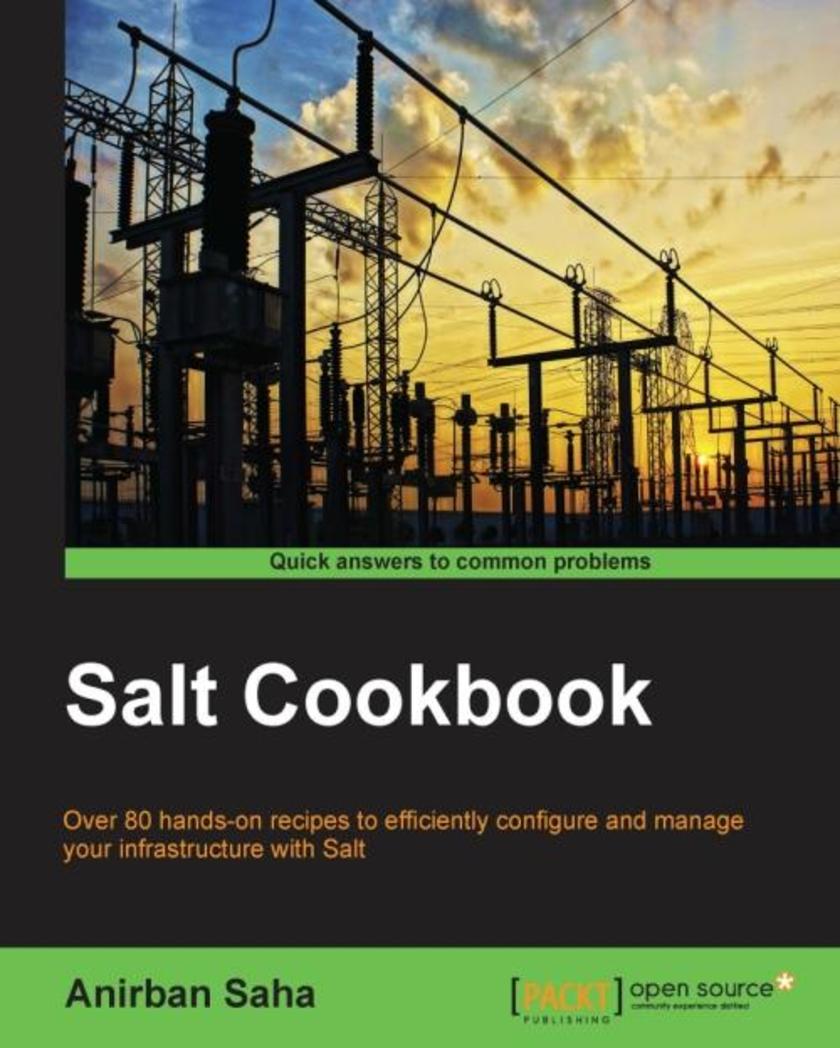
Salt Cookbook
¥80.65
If you are a professional associated with system and infrastructure management, looking at automated infrastructure and deployments, then this book is for you. No prior experience of Salt is required.
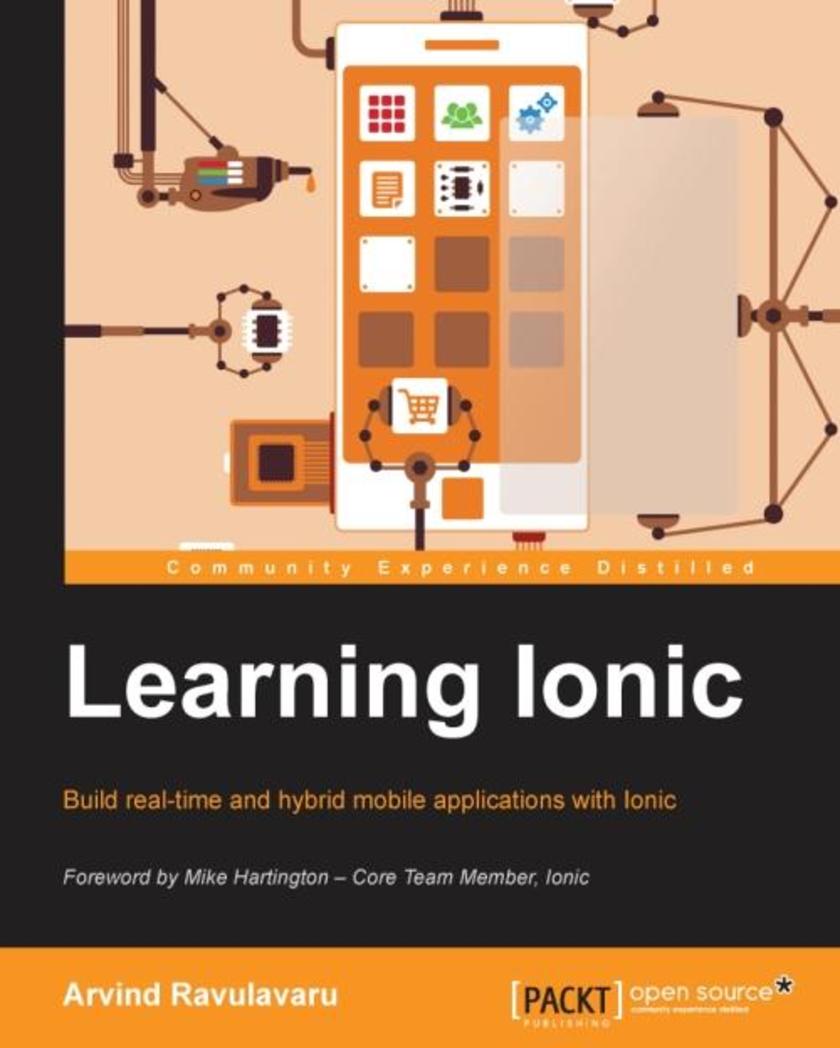
Learning Ionic
¥80.65
This book is intended for those who want to learn how to build hybrid mobile applications using Ionic. It is also ideal for people who want to explore theming for Ionic apps. Prior knowledge of AngularJS is essential to complete this book successfully.
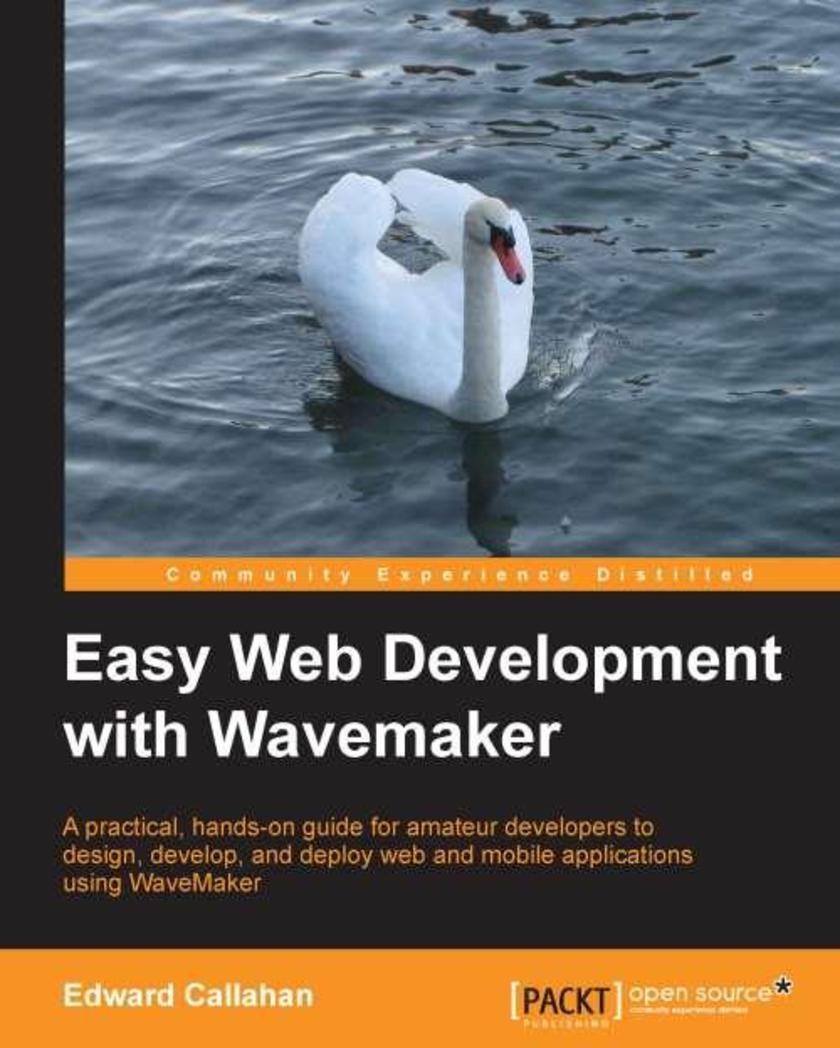
Easy Web Development with Wavemaker
¥80.65
A step-by-step guide.Web application developers who wish to use Wavemaker.This would be a handy guide for all users including newbies, hence no prior knowledge of Wavemaker is required.
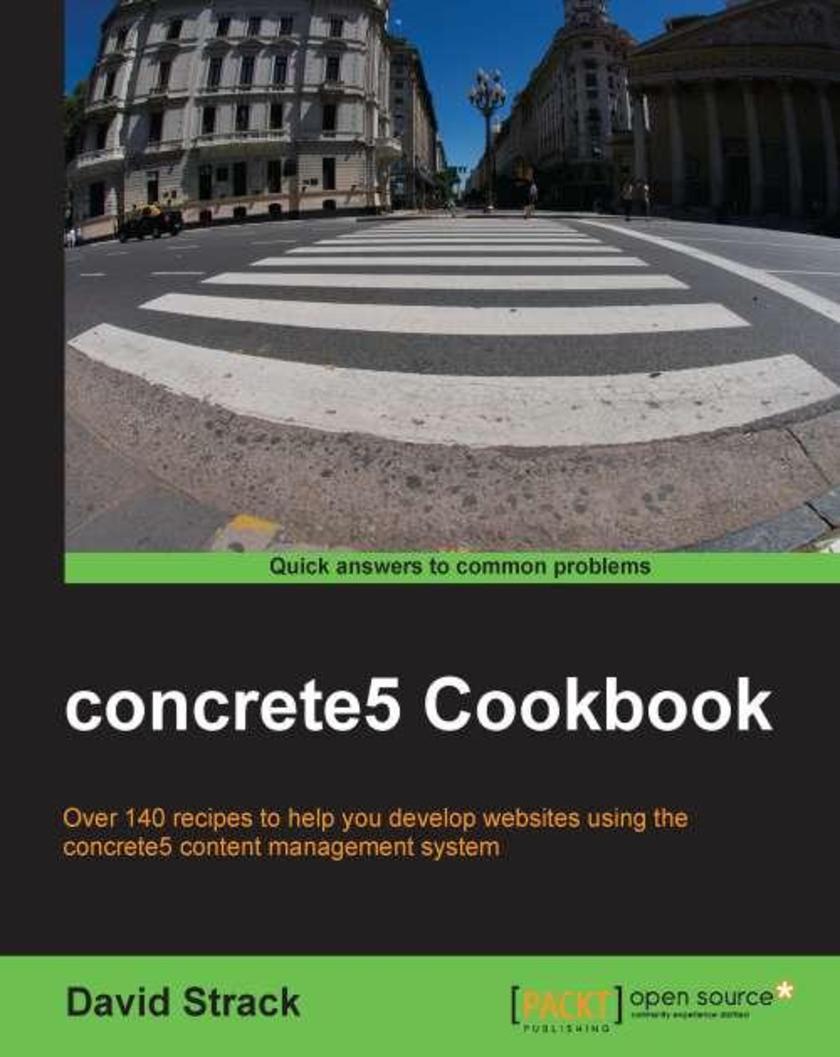
concrete5 Cookbook
¥80.65
The Cookbook-style recipes allow you to go both directly to your topic of interest or follow topics throughout a chapter to gain in-depth knowledge. This practical Cookbook will cater to the needs of both intermediate and advanced concrete5 developers.This book is geared towards intermediate to advanced PHP developers who would like to learn more about the concrete5 content management system. Developers already familiar with concrete5 will learn new time-saving tricks and will find the book to be a great reference tool.
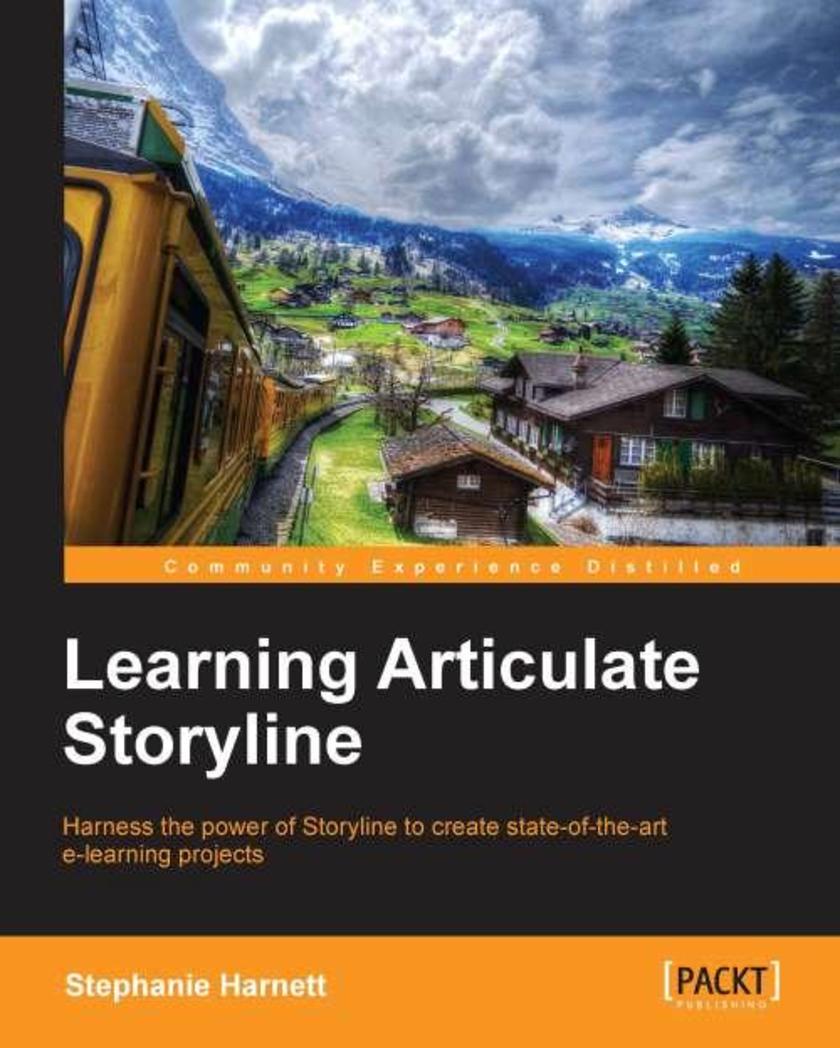
Learning Articulate Storyline
¥80.65
This book provides one-on-one tutoring to help you quickly get up to speed with the basics while also learning how to best apply Storyline features in the context of the work you do.If you’re an e-learning developer, writer, designer, subject matter expert, or all or any one of these, this book is for you. This book is not just for novices, but also for seasoned developers, transitioning from PowerPoint and Articulate Studio ’09, and for those who are already working with Storyline.
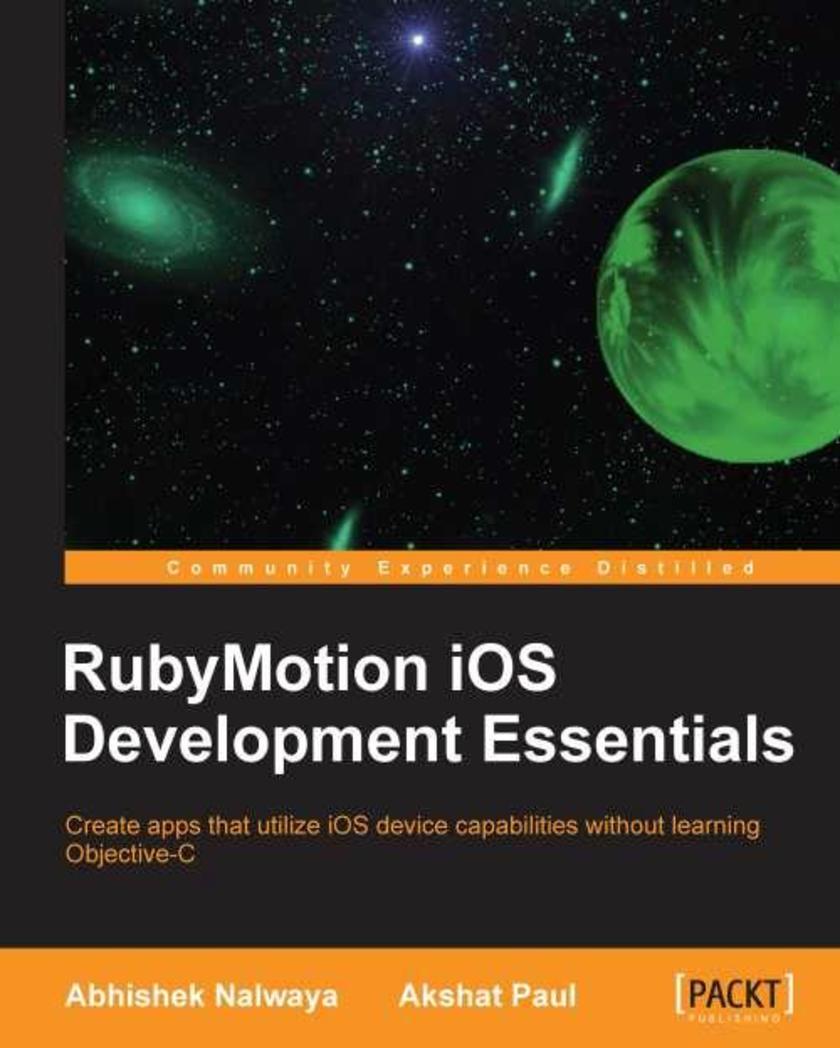
RubyMotion iOS Develoment Essentials
¥80.65
This is a step-by-step book that builds on your knowledge by adding to an example app over the course of each chapter. Each topic uses example code that can be compiled and tested to show how things work practically instead of just telling you the theory. Complicated tasks are broken down into easy to follow steps with clear explanations of what each line of code is doing.Whether you are a novice to iOS development or looking for a simpler alternative to Objective-C; with RubyMotion iOS Development Essentials, you will become a pro at writing great iOS apps
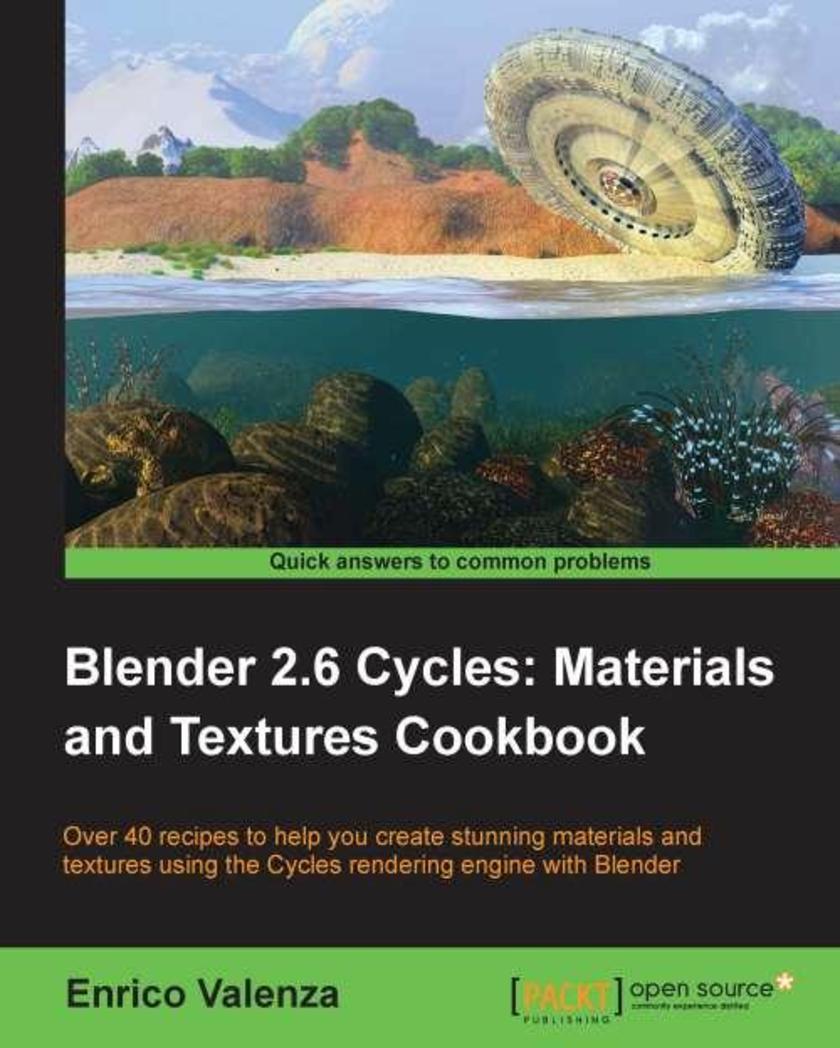
Blender 2.6 Cycles: Materials and Textures Cookbook
¥80.65
Written in a friendly, practical style this Cookbook deep-dives into a wide-array of techniques used to create realistic materials and textures.This book is perfect for you if you have used Blender before but are new to the impressive Cycles renderer. You should have some knowledge of the Blender interface, though this is not a strict requirement. If you want to create realistic, stunning materials and textures using Cycles, then this book is for you!
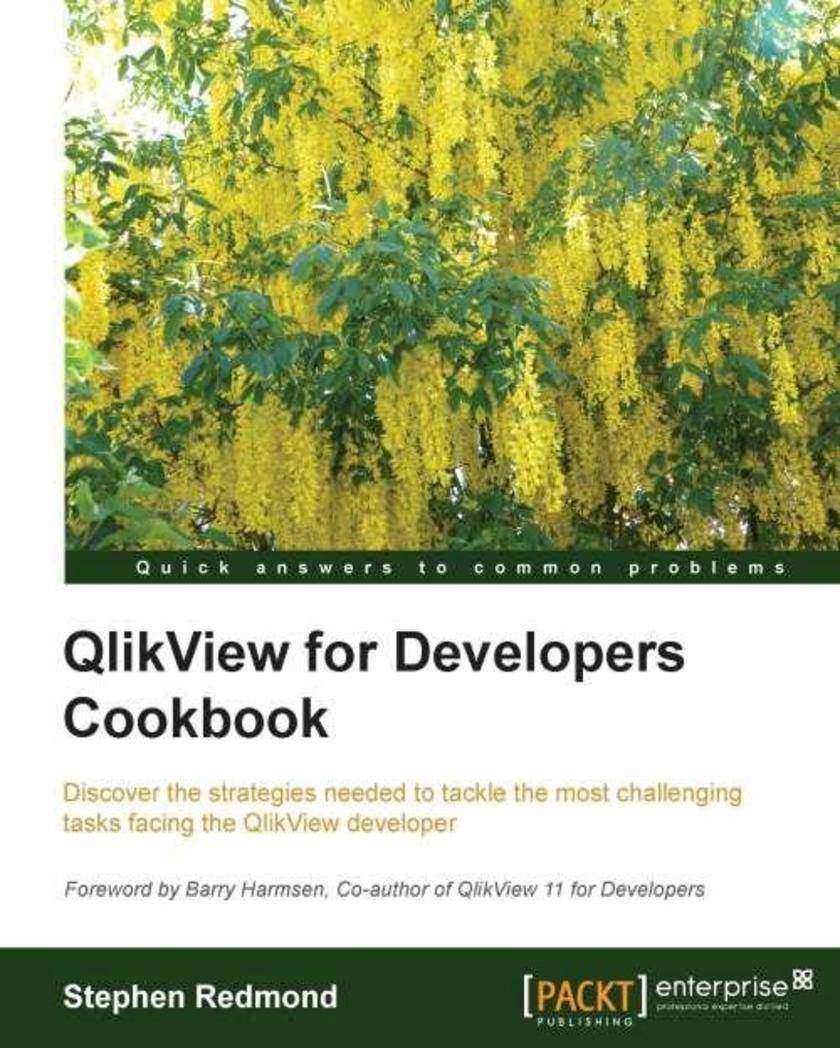
QlikView for Developers Cookbook
¥80.65
The recipes in this Cookbook provide a concise yet practical guide on how to become an excellent QlikView developer. The book begins with intermediate level recipes and then moves on to more complex recipes in an incremental manner.This book is for anyone who has either attended QlikView Developer training or has taught themselves QlikView from books or online sources. You might be working for a QlikView customer, partner, or even QlikView themselves (or want to!) and want to improve your QlikView skills.
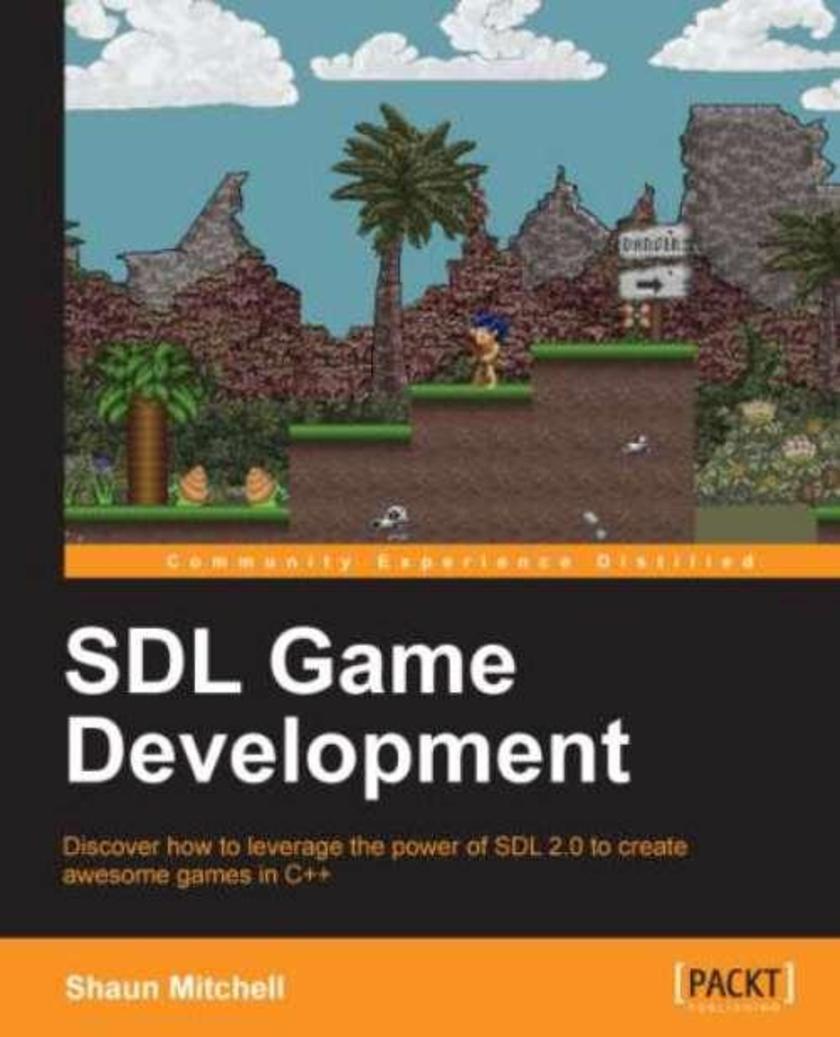
SDL Game Development
¥80.65
Written as a practical and engaging tutorial, SDL Game Development guides you through developing your own framework and the creation of two engaging games.If you know C++ and you’re looking to make great games from the ground up, then this book is perfect for you.
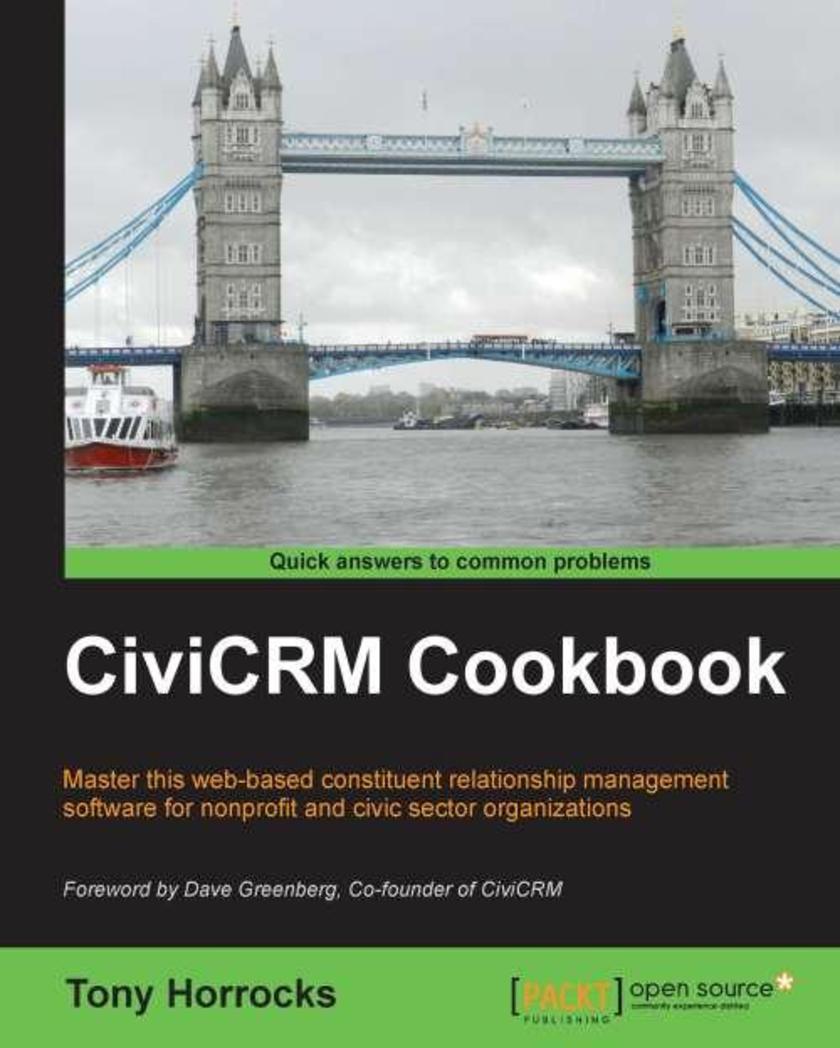
CiviCRM Cookbook
¥80.65
This book is written in cookbook style with practical, comprehensive recipes expained with the aid of the necessary screenshots.If you have basic CiviCRM skills and want to further enhance your CiviCRM skills, this book is for you.
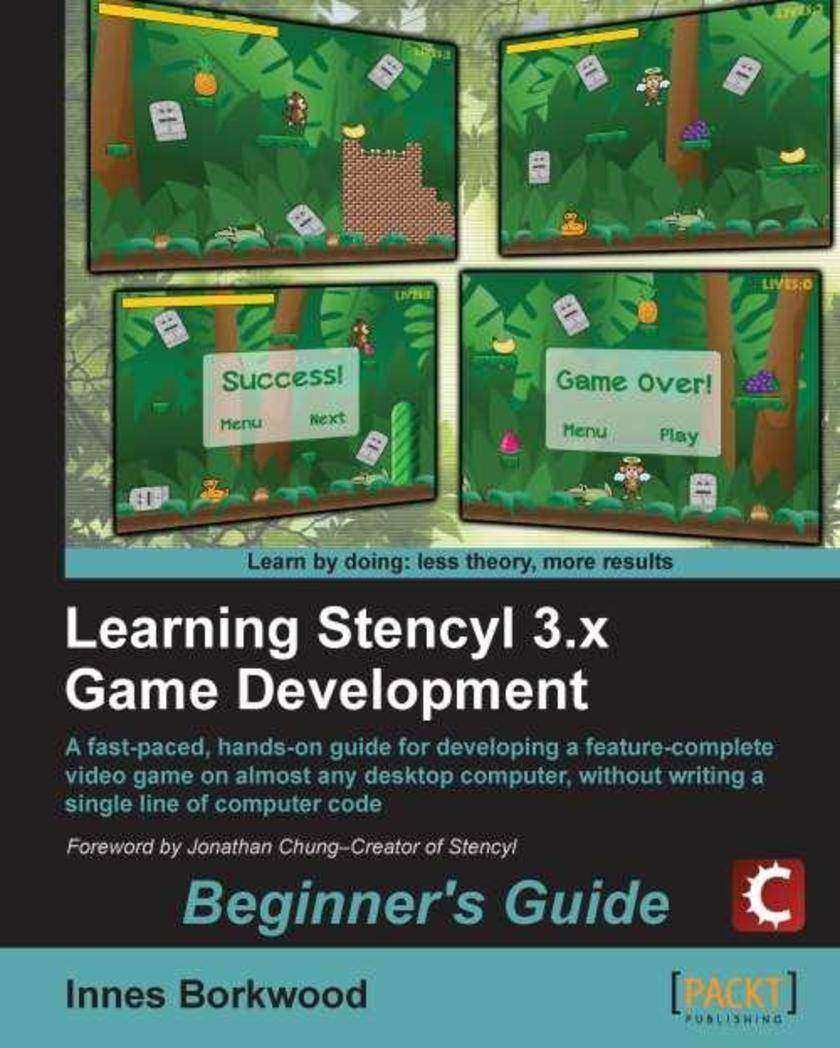
Learning Stencyl 3.x Game Development: Beginner's Guide
¥80.65
A step-by-step, practical tutorial with a no-nonsense approach. The book starts by showing readers how to create a playable game that is fully-functioning, then moves on to demonstrate how to fine-tune the game with eye-catching graphics techniques, audio-effects and more.This book is for indie and existing game developers and those who want to get started with game development using Stencyl. Some understanding of Objective-C, C++, and game development basics is recommended. People with some programming experience may also find this book useful.
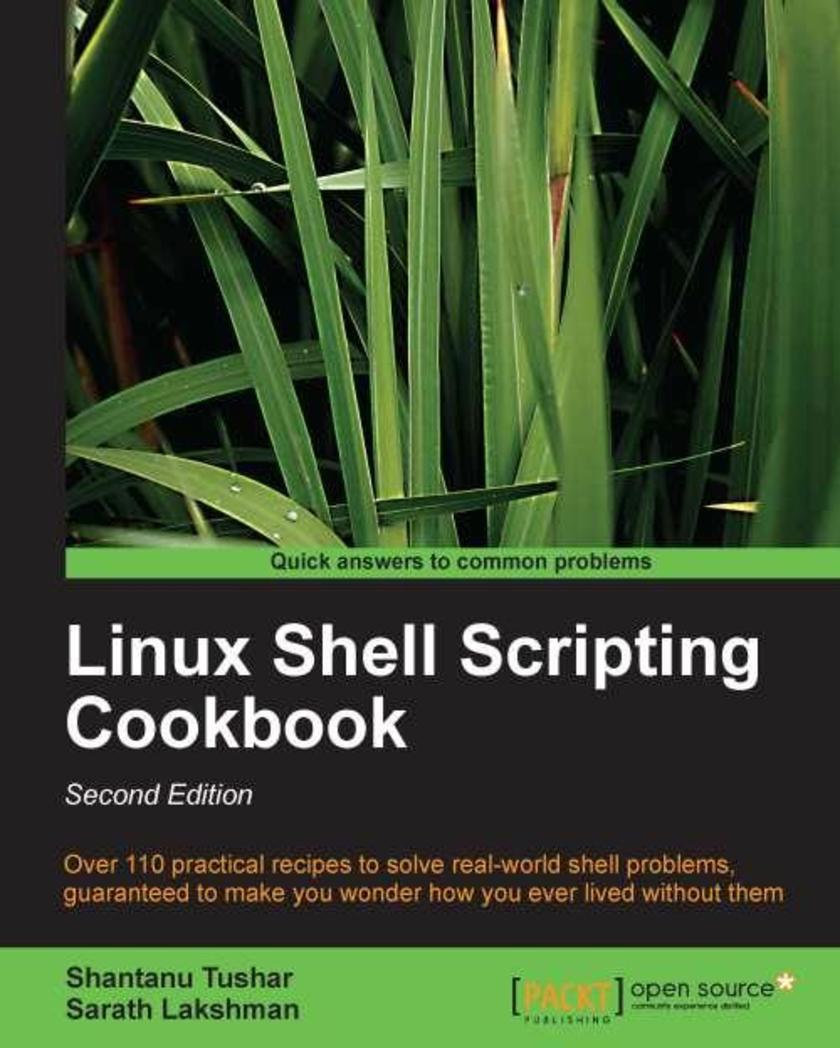
Linux Shell Scripting Cookbook, Second Edition
¥80.65
This book is written in a Cookbook style and it offers learning through recipes with examples and illustrations. Each recipe contains step-by-step instructions about everything necessary to execute a particular task. The book is designed so that you can read it from start to end for beginners, or just open up any chapter and start following the recipes as a reference for advanced users.If you are a beginner or an intermediate user who wants to master the skill of quickly writing *s to perform various tasks without reading the entire manual, this book is for you. You can start writing *s and one-liners by simply looking at the similar recipe and its de*ions without any working knowledge of shell *ing or Linux. Intermediate/advanced users as well as system administrators/ developers and programmers can use this book as a reference when they face problems while coding.
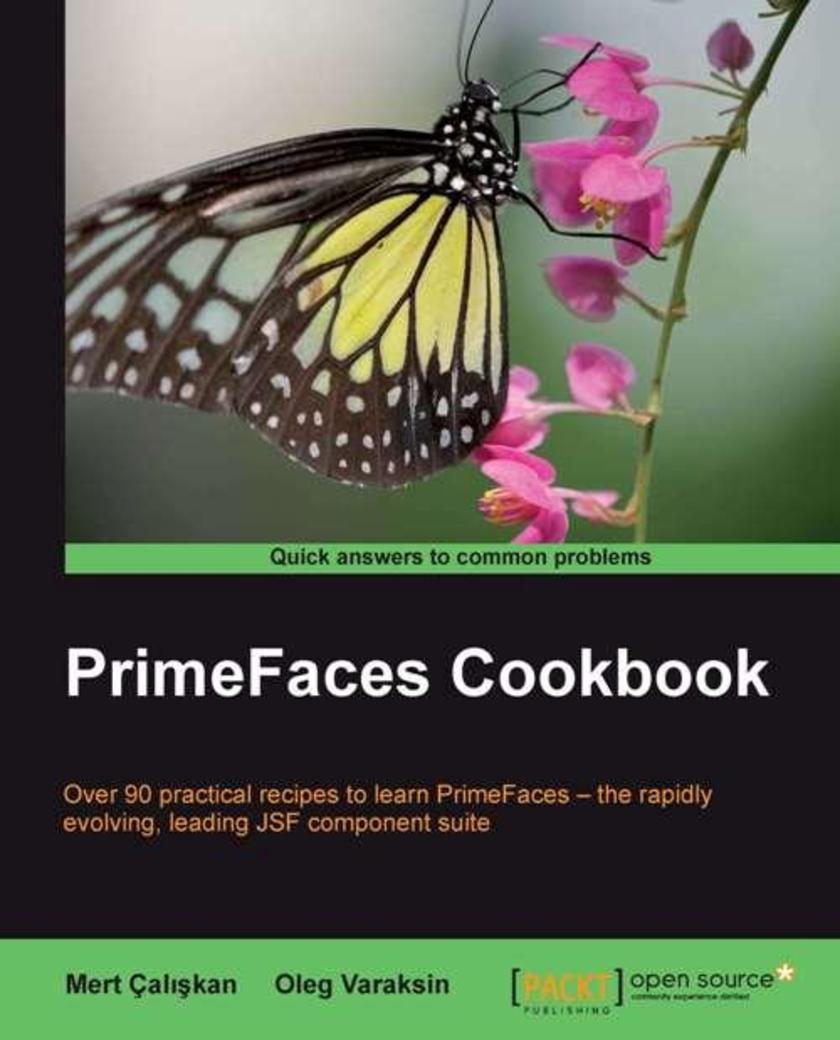
PrimeFaces Cookbook
¥80.65
This is a cookbook with plenty of practical recipes enriched with code and detailed explanations. This book is for you if you would like to learn modern Java web development based on PrimeFaces and are looking for a quick introduction into this matter. Prerequisites required for this book are basic JSF and jQuery skills.
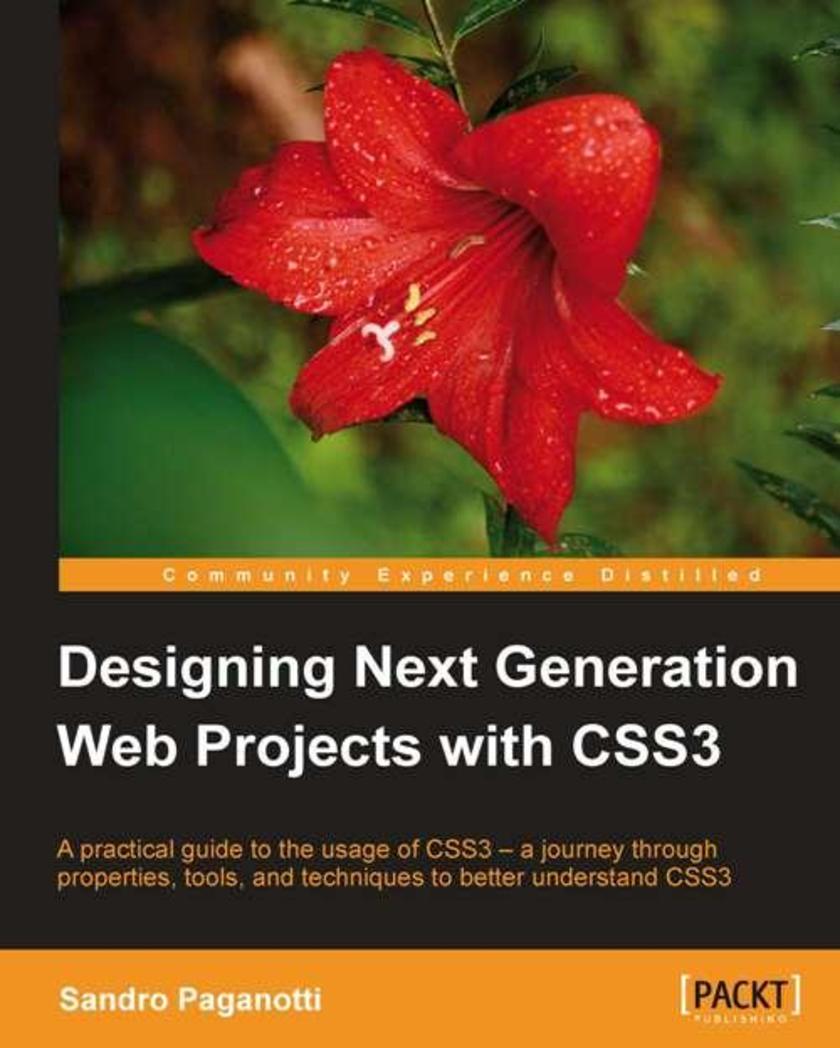
Designing Next Generation Web Projects with CSS3
¥80.65
This book is designed for you if you are a frontend web developer; it requires a solid knowledge of CSS syntax and of the most common CSS2 properties and selectors.
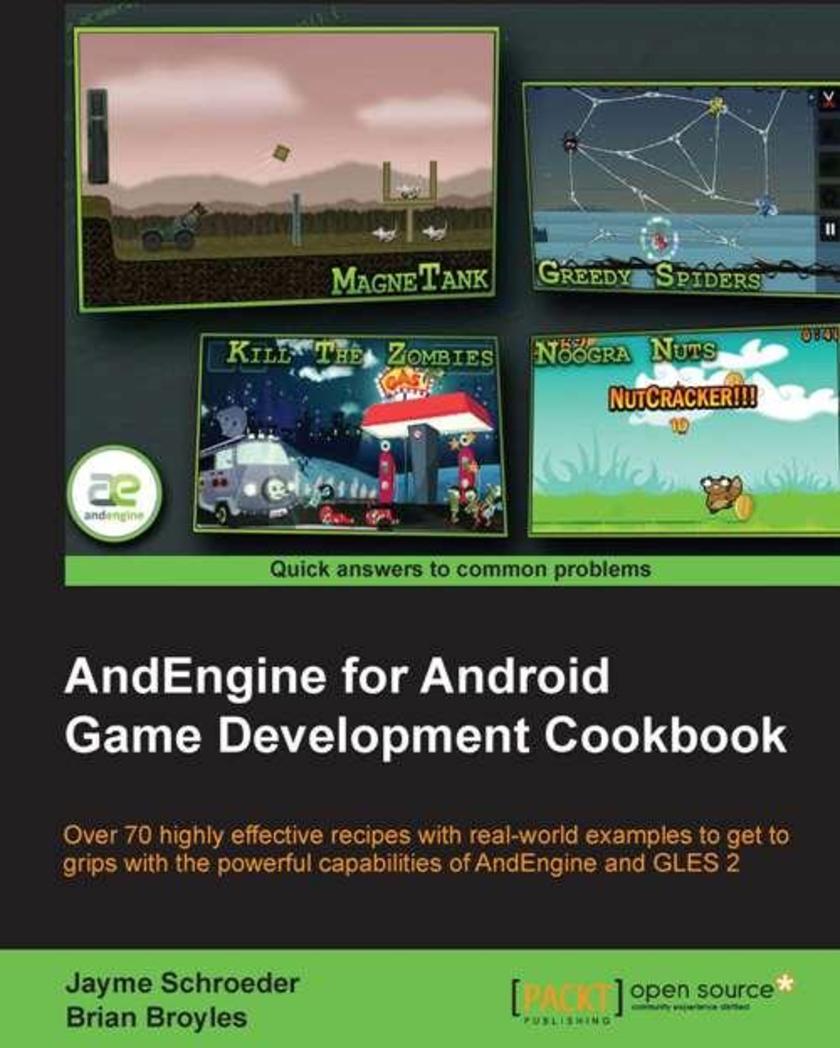
AndEngine for Android Game Development Cookbook
¥80.65
A Cookbook with wide range of recipes to allow you to learn game development with AndEngine quickly and efficiently. "AndEngine for Android Game Development Cookbook" is geared toward developers who are interested in working with the most up-to-date version of AndEngine, sporting the brand new GLES 2.0 branch. The book will be helpful for developers who are attempting to break into the mobile game market with plans to release fun and exciting games while eliminating a large portion of the learning curve that is otherwise inevitable when getting into AndEngine development. This book requires a working installation of eclipse and the required libraries, including AndEngine and its various extensions set up prior to working with the recipes.
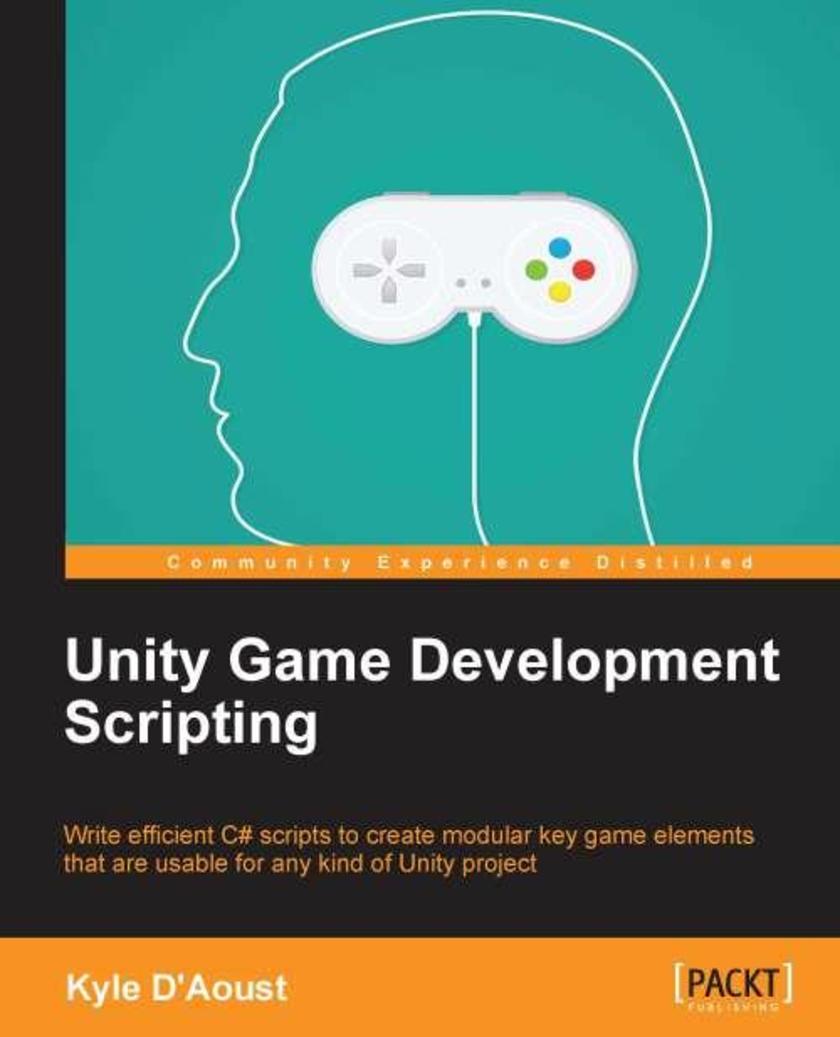
Unity Game Development Scripting
¥80.65
If you are new to Unity *ing and want to learn simple and modular code and advance your knowledge to the next level, this is the book for you.
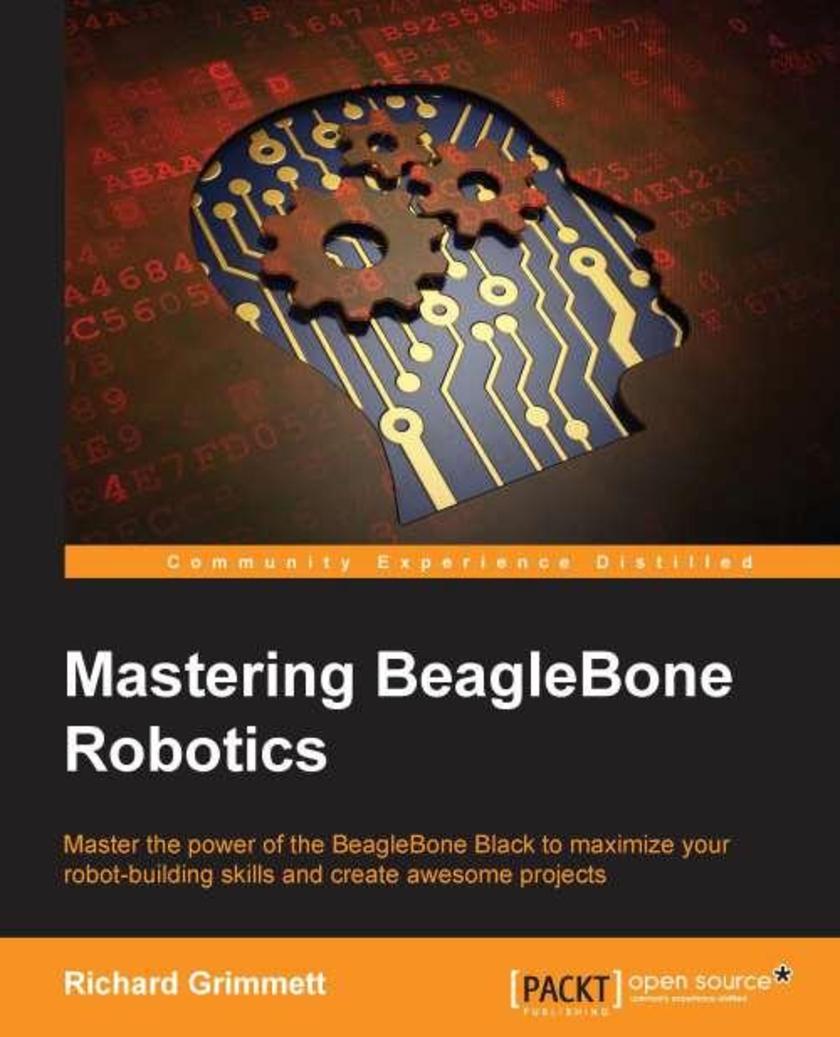
Mastering BeagleBone Robotics
¥80.65
If you want a simple guide to building complex robots, then this book is for you. You'll need some programming knowledge and experience working with mechanical systems.
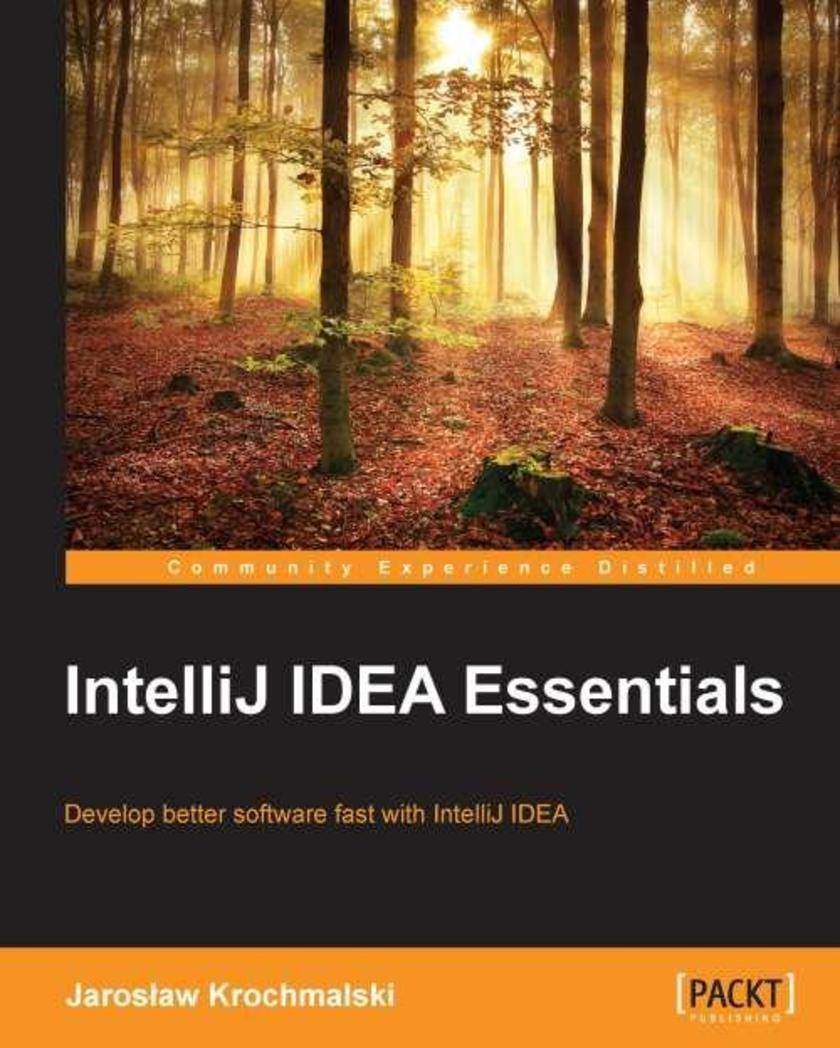
IntelliJ IDEA Essentials
¥80.65
This book is for developers who want to work smarter so they can focus their efforts on the details that will give them the advantage. This book is tailor-made for developers who want to move from NetBeans and Eclipse to experience the power and functionality of IntelliJ IDEA.
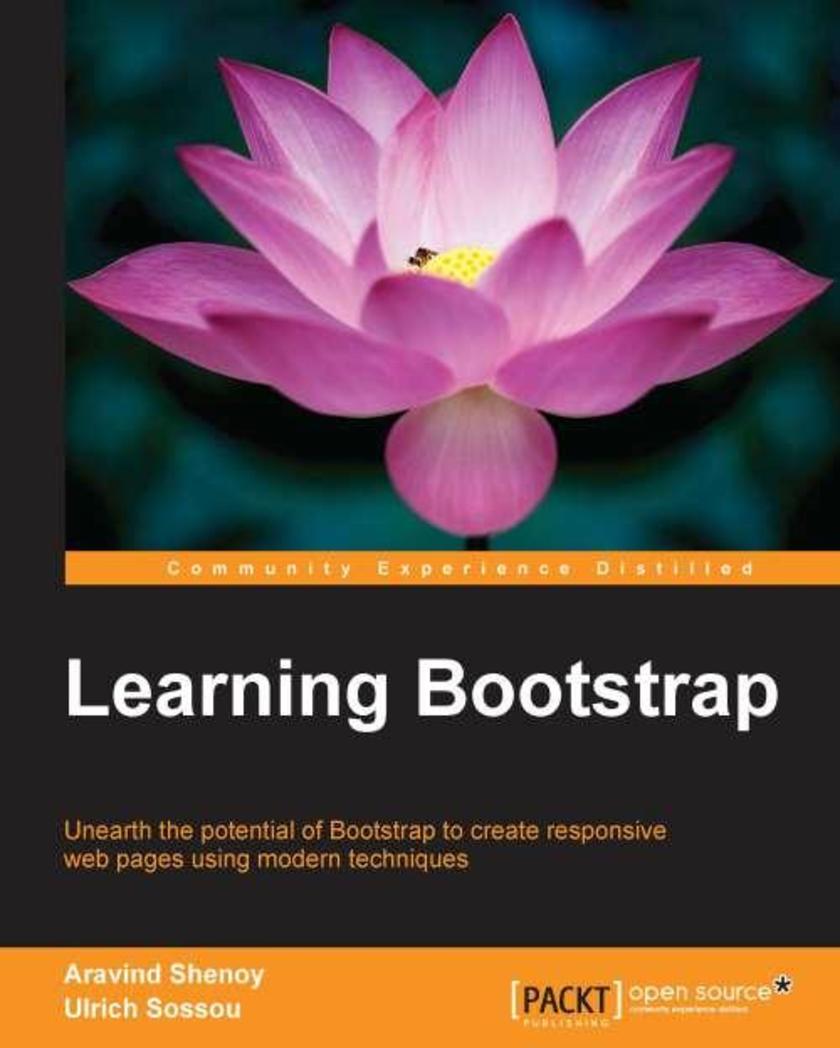
Learning Bootstrap
¥80.65
If you want to learn to build enterprise-level websites efficiently with Bootstrap, this book is for you. You must have a basic and fundamental understanding of HTML, CSS, and JavaScript; however, there is no need to have prior Bootstrap experience.
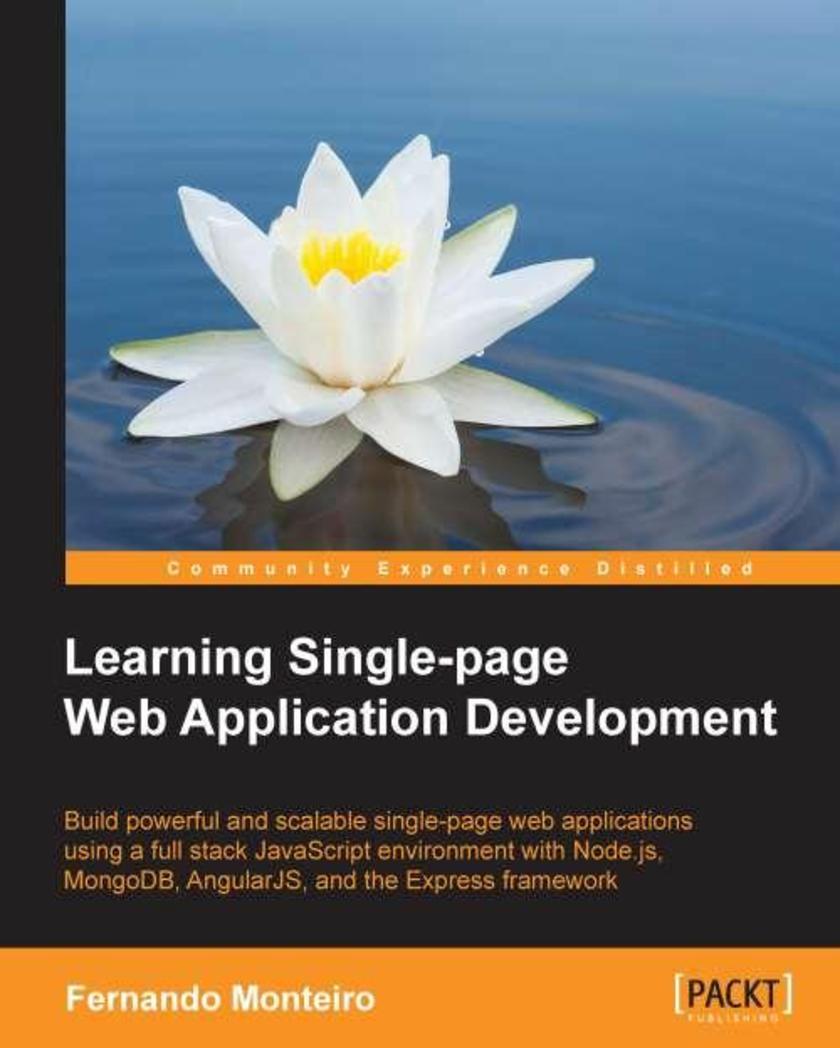
Learning Single-page Web Application Development
¥80.65
This book is aimed at web developers who are familiar with frontend technologies like JavaScript, HTML, and CSS, and modern tools like Bower, Yeoman, and Grunt.




 购物车
购物车 个人中心
个人中心



